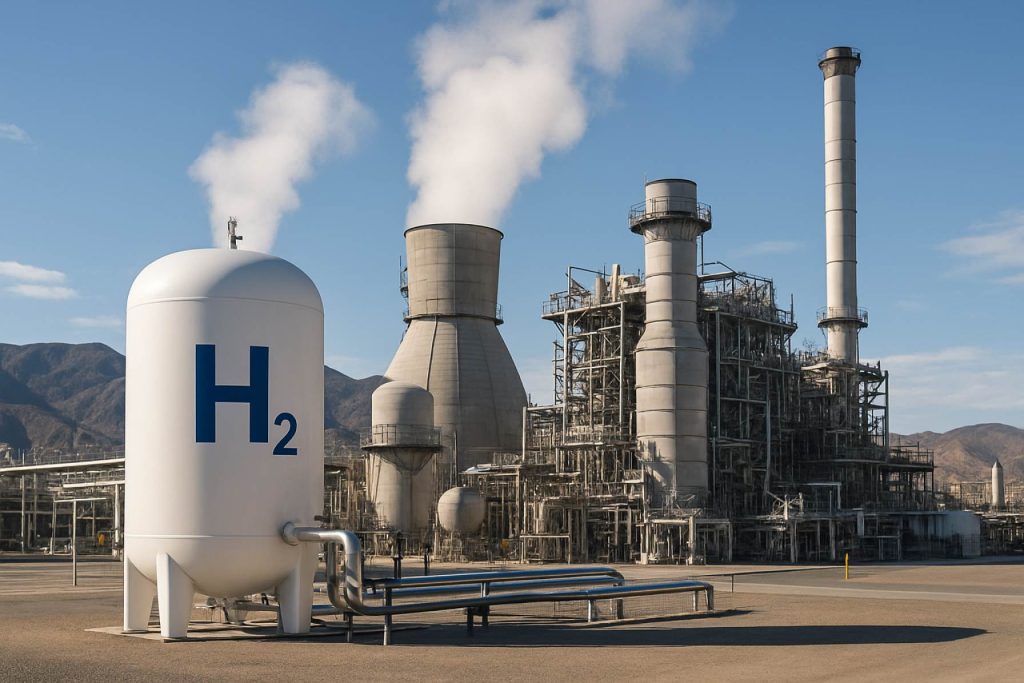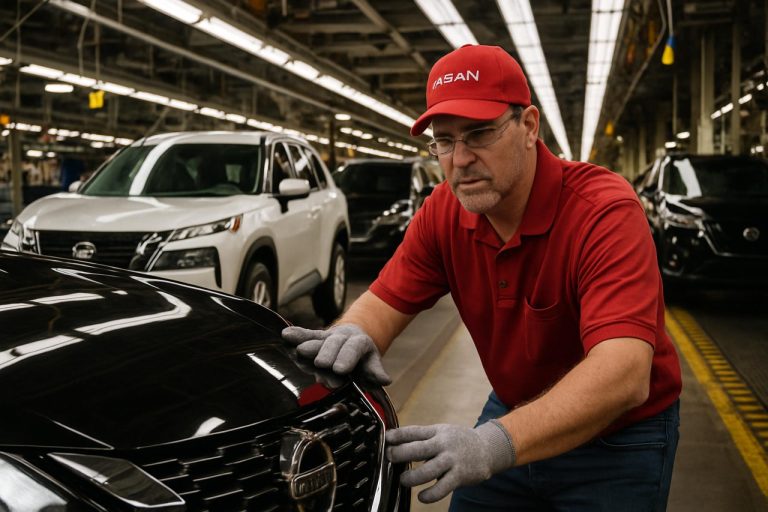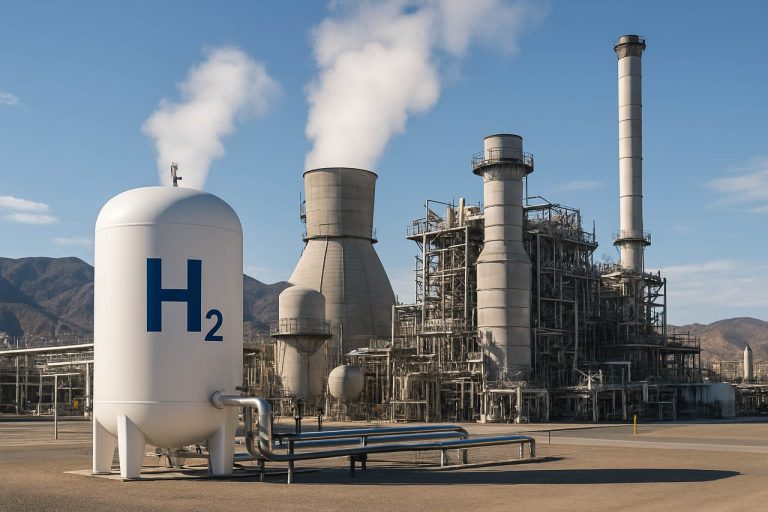
- Verdagy’s Moss Landing plant has surpassed 20,000 operational hours and produced over 200 tonnes of clean hydrogen, demonstrating real-world reliability and scale.
- The facility now powers Mainspring Energy’s flexible linear generators, highlighting hydrogen’s role in advanced, resilient energy systems.
- This partnership pioneers “power circularity,” using hydrogen-generated electricity to help drive operations and lower costs in a nearly closed-loop model.
- California’s aggressive clean energy targets include clean hydrogen as a cornerstone for decarbonizing heavy industry and ensuring grid resilience.
- The ongoing integration of around-the-clock hydrogen supply and advanced generators positions California as a leader in the emerging hydrogen economy.
- The transition from concept to reality proves hydrogen’s potential to transform power generation and reduce emissions is already underway.
On the fog-bound coast of Moss Landing, something quietly revolutionary is humming inside Verdagy’s hydrogen production facility. Most people passing by would never guess that within its steel walls, an around-the-clock operation is rewriting the script for California’s energy future.
With over 20,000 hours on the clock and more than 200 tonnes of hydrogen produced, Verdagy’s plant signals a maturity many in clean tech still strive to achieve. The plant’s output is anything but minor—it powers a growing ambition to use clean hydrogen at scale, and now, it’s taking on a new role: fueling Mainspring Energy’s linear generators, engines engineered specifically to run flexibly on hydrogen.
This partnership isn’t just about delivering molecules; it’s an early glimpse into a more resilient, smarter energy ecosystem. As the U.S. Department of Energy underscores, hydrogen can be a linchpin in the move to decarbonize some of the most challenging sectors—think heavy industry and flexible power generation.
What sets the Moss Landing plant apart isn’t only the sheer volume of hydrogen it churns out, but the relentless 24/7 pace at which it runs. Behind those numbers is a deep bench of operational know-how and engineering confidence. The plant’s longevity—over four years of steady operation—translates to real data on long-term reliability, a factor that investors and climate advocates scrutinize before declaring any new energy source a potential keystone.
But here’s where it gets especially interesting: Verdagy’s deal with Mainspring flips the typical supplier-customer model. Instead of simply producing hydrogen for outside buyers, the partnership points toward “power circularity”—using the hydrogen Verdagy makes to generate electricity onsite, which in turn helps drive plant operations, cutting costs and showcasing a potential closed-loop energy model.
Hydrogen’s role in California is growing rapidly. The state has set aggressive targets for clean hydrogen as part of its broader clean energy transition. Pairing round-the-clock hydrogen supply with agile, next-generation generators puts California on a trajectory toward grid resilience—a big deal in a state grappling with outages, wildfires, and rising power demand.
The message to take away? The collaboration between Verdagy and Mainspring isn’t just a quiet business win—it’s a live demonstration of hydrogen’s potential to transform power, cut emissions, and reshape one of the world’s largest energy markets. Any claims of a hydrogen economy arriving someday are quietly being outpaced by California’s reality: the hydrogen transformation isn’t science fiction; it’s already in motion, one relentless, whirring generator at a time.
Inside California’s Hydrogen Revolution: Hidden Facts, Real-World Impact, and What It Means for You
The Hidden Depths of Verdagy’s Hydrogen Breakthrough: Everything You Need to Know
California’s Moss Landing area is the epicenter of a clean energy revolution, led by Verdagy’s hydrogen plant and its transformative partnership with Mainspring Energy. While the buzz surrounding hydrogen in clean tech is growing, the full scope of this initiative reveals far-reaching implications for California, the U.S., and potentially, global energy infrastructure.
Key Additional Facts & Insights
1. Verdagy’s Electrolysis Innovation
– Electrolyzer Technology: Verdagy uses advanced membrane-based electrolysis that is reported to be scalable, modular, and uses less rare materials than traditional alkaline or PEM electrolyzers—potentially driving down costs and maintenance.
– Efficiency: Latest electrolysis systems can achieve energy efficiencies of over 80% (according to the International Energy Agency).
2. Quantifiable Impact on Emissions
– Reduction in Carbon Emissions: Hydrogen produced from renewable electricity (green hydrogen) can reduce greenhouse gas emissions by up to 95% compared to conventional steam methane reforming, according to the U.S. Department of Energy’s [hydrogen hub initiative](https://www.energy.gov).
– Water Use Considerations: Electrolysis requires substantial water (about 9 liters per kg), but Moss Landing leverages proximity to industrial water supplies and reused sources.
3. Circular Energy Model—A Glimpse into the Future
– Closed-Loop Power: By running part of plant operations with “self-made” hydrogen, Verdagy is creating a semi-closed energy loop—improving energy independence, resilience, and cost-effectiveness.
– Microgrid Potential: Such models are being piloted globally for disaster-prone regions; moss landing provides a real-world testbed.
4. Real-World Use Cases and Growth Sectors
– Industrial Decarbonization: Hydrogen is critical for steel, fertilizer, and chemicals—industries responsible for 20%+ of global emissions.
– Heavy Transport: Hydrogen is viewed as indispensable for freight, trains, and shipping where batteries are less practical (Source: International Renewable Energy Agency).
– Grid Balancing: Mainspring’s linear generators are “fuel flexible,” meaning they can instantly switch between hydrogen, biogas, or natural gas, providing crucial backup power during grid outages.
5. Market Forecasts and Industry Trends
– Explosion in Investment: Global investment in green hydrogen reached $10 billion in 2023 and is expected to exceed $300 billion by 2030 (Bloomberg NEF).
– U.S. Policy Support: The Inflation Reduction Act offers up to $3/kg in tax credits for green hydrogen, making U.S. production globally competitive.
– California’s Ambition: State targets aim for 1 million metric tons of clean hydrogen annually by 2030.
6. Features, Specs & Pricing
– Verdagy’s Moss Landing Plant: Over 20,000 runtime hours, 200+ tonnes hydrogen produced, 24/7 operation, modular capacity expansion.
– Mainspring’s Generators: Typically 250kW–500kW per unit, 40%+ electrical efficiency, fueled by 100% hydrogen or blends.
7. Security, Sustainability & Limitations
– Security: Decentralized hydrogen sites are less vulnerable to single-point failures, enhancing grid resilience.
– Challenges: High capital costs, limited renewable energy supplies for full-scale green hydrogen, complex compression and transport logistics.
– Sustainability: Hydrogen production must ultimately decouple from fossil-fuel-based electricity to maximize climate benefits.
8. Controversies & Contention
– “Hydrogen Hype”: Some experts warn of overestimated timelines and cost reductions for green hydrogen. Critics point to the current cost premium (roughly 2–3x that of fossil H2) and stress the need for grid upgrades.
9. Tutorials & Tips: How to Implement Hydrogen Locally
For Companies:
1. Assess energy needs and “hard-to-abate” emissions.
2. Explore partnerships with hydrogen producers.
3. Investigate funding, incentives, and available technology (see [U.S. Department of Energy’s resources](https://www.energy.gov)).
For Homeowners:
– While direct home hydrogen use is rare today, support local clean energy initiatives and community microgrids that may soon incorporate hydrogen.
10. Industry Reviews & Comparisons
– Hydrogen vs. Batteries: Hydrogen excels in long-duration storage and high-power industry, while batteries dominate short-term grid balancing and personal mobility.
– Global Leaders: Europe and Japan are also rapidly deploying hydrogen hubs; California’s Moss Landing sets a U.S. benchmark.
Most Pressing Questions Answered
Is hydrogen safe?
Yes—when handled properly, hydrogen is as safe as natural gas, with established industry transport and storage protocols.
Will hydrogen lower my electricity rates?
In the long-term, increased clean hydrogen supply can bring down overall energy costs, especially by providing reliable power during peak demand.
How soon can hydrogen power my home or car?
Hydrogen cars (fuel-cell) are already on California roads. Home use depends on future appliance and infrastructure developments.
Actionable Recommendations & Quick Tips
– For Businesses: Audit your energy use for hydrogen conversion potential and investigate emerging state/federal funding.
– For Investors: Green hydrogen and flexible generator companies (like Verdagy, Mainspring Energy, and Bloom Energy) are poised for growth.
– For Policymakers: Enable pilot projects, speed permitting, and prioritize renewables for green hydrogen output.
Final Thoughts
California’s Moss Landing project is not just a technical feat—it’s a living case study of hydrogen’s promise to stabilize grids, slash emissions, and fuel the industries of tomorrow. The secret to success is relentless innovation, operational know-how, and a willingness to challenge traditional energy models.
Relevant Links
– [U.S. Department of Energy](https://www.energy.gov)
– [California State Government](https://www.ca.gov)
Tap into the future: track local pilot programs, join energy forums, and watch Moss Landing—where California is quietly making clean hydrogen history.



